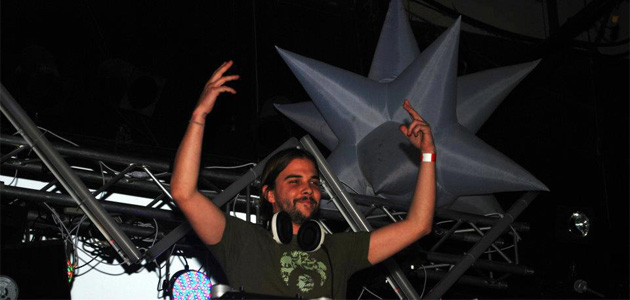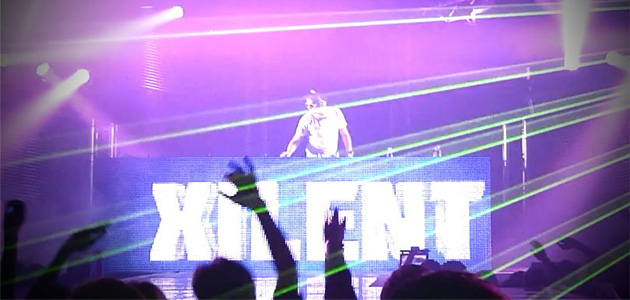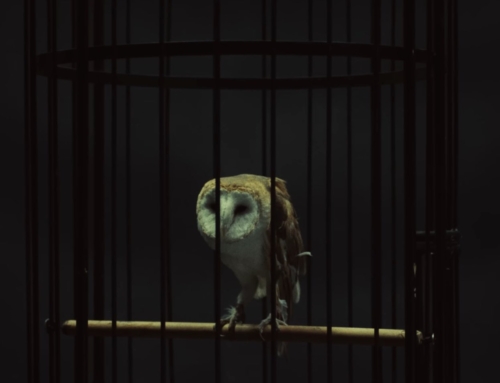 Given the rise to prominence of Dubstep in recent years, it’s to be expected that the heavy, dark, bass-drop style has begun to inform a whole bunch of what’s out there in EDM. DJs everywhere are incorporating the quick-zip and slow crunch into their mixes, along with halting grinds and deep syncopation.
Given the rise to prominence of Dubstep in recent years, it’s to be expected that the heavy, dark, bass-drop style has begun to inform a whole bunch of what’s out there in EDM. DJs everywhere are incorporating the quick-zip and slow crunch into their mixes, along with halting grinds and deep syncopation.
Dubstep is truly an invigorating sound. I like it, I do. Beyond the UK original dubstep/grime producers like Skream and Plastician who press deep into wobbly grooves, over the past five years the genre has been popularized in top 40 tracks by Britney Spears and Rihanna, among other superstars. And the combo of electro house, glitch and Dubstep created by Skrillex is one of the best iterations to come around in ages, hands down.
But as it gains prominence, so is the Dubstep sound getting dumber. People have gotten the hang of it, yeah. It’s awesome when EDM producers mix new elements into their sounds, but I can only come up with one word to describe the stuff people are coming out with now – predictable.
 Just check out the UKF Dubstep channel on Youtube if you want some prime examples of this problem. Most of the remixes start by holding a low tone that builds in intensity, leading into a medium-tempo 4/4 beat that continues until about a third of the way into the song, when it pauses, takes a deep breath, and then swings into the typical stretched-out bass wobble. Other typical characteristics include stuttered delays, erratic rhythm syncopation, deep minor tones and increased speed and concentration all the way until the bitter end. Much of it begins to sound oddly familiar after only a few minutes.
Just check out the UKF Dubstep channel on Youtube if you want some prime examples of this problem. Most of the remixes start by holding a low tone that builds in intensity, leading into a medium-tempo 4/4 beat that continues until about a third of the way into the song, when it pauses, takes a deep breath, and then swings into the typical stretched-out bass wobble. Other typical characteristics include stuttered delays, erratic rhythm syncopation, deep minor tones and increased speed and concentration all the way until the bitter end. Much of it begins to sound oddly familiar after only a few minutes.
Sorry, but it’s getting old. The more I listen to new Dubstep (or I guess it’s post-dubstep now, not to mention brostep), the more yawn-worthy I find it. Now you get newbie producers spitting out tracks that are nothing but sub-bass, played like chords on a synthesizer. It doesn’t work, it doesn’t make you want to move your bod; in short, it’s BO-ring.

A huge part of Dubstep’s power lies in its ability to surprise. The ongoing pauses and pushes of this music have a way of driving fans even further into their mind-crazed frenzies of dancing – they wait, watch, listen and then react to the jacked-up rhythms thrown at their ears. It’s absolutely sweaty and delightful.
So it’s equally uninspiring when the surprise transforms into a perpetual letdown. I suppose that’s what happens when a musical revolution becomes commonplace – it’s an unavoidable fall-out from gaining prominence in the mainstream world. But that’s no excuse for the softening of a genre that is almost magical in its ability to move you.

A couple of acts, like Seven Lions and Xilent, are remixing melodic tracks Dubstep-style with happy results. Their tunes make you want to fall on your face, out of breath and jelly-kneed. That’s after jerking around like a puppet on strings for three hours.
Most of the other stuff, though, is meh. I’d suggest that instead of copying other DJs, producers start using the wicked sound techniques of Dubstep, but reviving their own personal inspirations. No one wants to listen to the same formulaic rubbish repeated endlessly. It’s time to take post-dubstep to a nu level!




